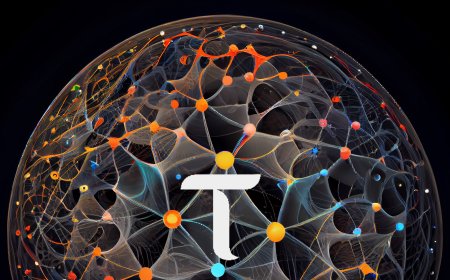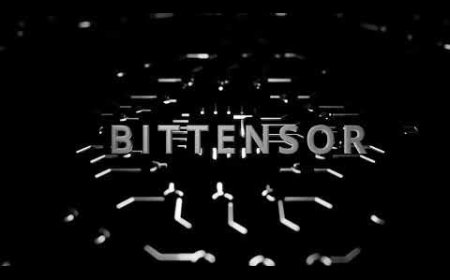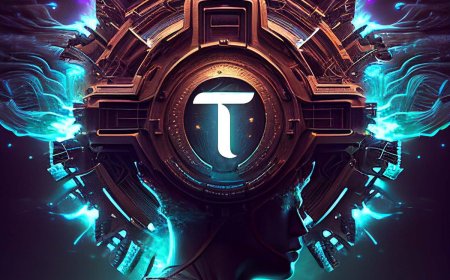Revolutionizing AI with BitTensor: A Decentralized Approach to Machine Intelligence
Artificial Intelligence (AI) and machine learning are evolving at a rapid pace, pushing the boundaries of technology as we know it. One company at the forefront of this revolution is BitTensor, a decentralized AI platform that leverages the power of global computational resources. By creating an open, incentivized network for AI development, BitTensor is paving the way for a new era of machine intelligence. In this article, we’ll explore BitTensor’s unique approach to AI, the role of its Tau token, and how it’s transforming the AI landscape.
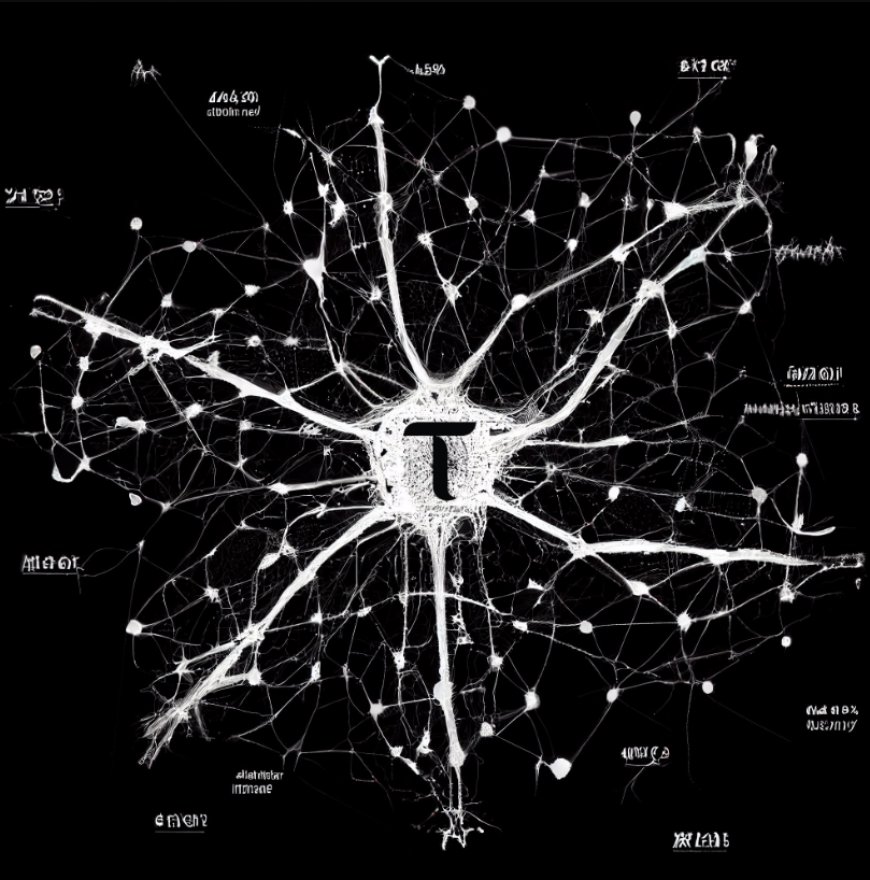
What is BitTensor?
BitTensor is an open and decentralized AI network that enables anyone with computational power to contribute to the development and deployment of machine learning models. By harnessing the global computing infrastructure, BitTensor creates a decentralized marketplace where computational resources are incentivized to perform machine learning tasks. The goal is to create a system that is accessible, scalable, and capable of evolving over time as more participants contribute.
At its core, BitTensor operates similarly to Bitcoin, but instead of securing a blockchain, it powers a decentralized AI network. The system rewards contributors with TAO tokens, the native cryptocurrency of BitTensor, which can be earned by providing computational power to the network.
How Does BitTensor Work?
In traditional AI development, large corporations or academic institutions invest heavily in building machine learning models, often hoarding the results of their research for proprietary use. BitTensor flips this model on its head by creating a decentralized, open marketplace for AI innovation. The platform incentivizes global participants to contribute computational power toward training and inferencing AI models.
Here’s how it works:
- Decentralized Contributions: Anyone with spare computational resources can join the BitTensor network and contribute to machine learning tasks such as running large language models (LLMs), like GPT-4 or GPT-5.
- Incentivized Marketplace: Participants are rewarded for their contributions based on the value their compute power adds to the network. This incentivizes innovation and participation in a way that traditional centralized systems cannot match.
- Scalability and Accessibility: By allowing global participation, BitTensor creates a massive, scalable network that can handle increasing computational demands, improving the efficiency and performance of machine learning models over time.
A Bitcoin-Inspired Incentive Model for AI
One of the most revolutionary aspects of BitTensor is its incentive structure, which is modeled after Bitcoin’s proof-of-work system. Just as Bitcoin rewards miners for securing the blockchain through computational power, BitTensor rewards participants who contribute computing resources to AI tasks.
For example, Bitcoin miners secure the network by solving complex cryptographic problems, and in return, they receive Bitcoin. Similarly, in BitTensor, participants run machine learning models and are compensated in TAO tokens, creating a self-sustaining ecosystem for AI development. This market-driven approach encourages competition, which in turn drives innovation and efficiency.
The Role of the TAO Token
The TAO token plays a crucial role in the BitTensor ecosystem. As a bandwidth token, TAO allows users to access the network and contributes to its incentivized structure. Miners earn TAO by providing computational resources, while developers and organizations use TAO to access and run AI models on the network.
Much like Bitcoin’s fixed supply of 21 million tokens, the supply of TAO is capped. This creates scarcity, which, combined with growing demand for AI services, makes TAO a valuable commodity in the BitTensor ecosystem. As more users and developers join the network, the demand for TAO is expected to rise, further incentivizing participants to contribute their computing power.
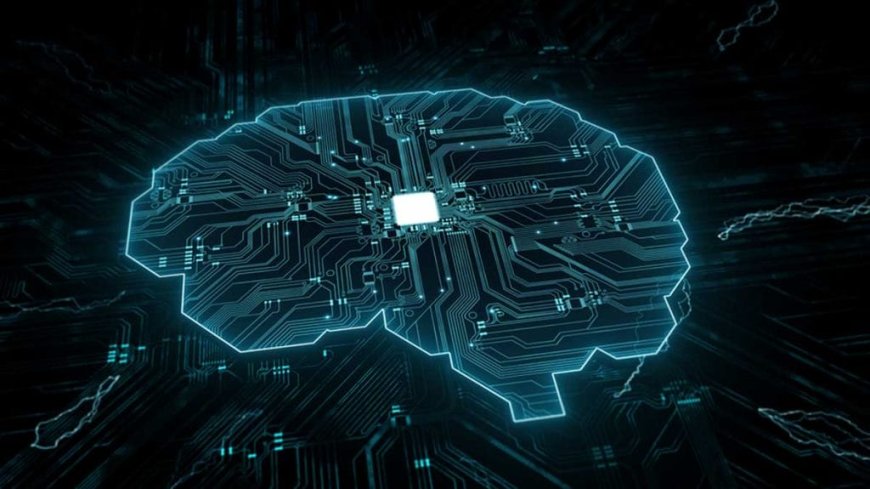
Decentralization and Openness: Key Features of BitTensor
BitTensor’s open-source nature is a direct response to the centralized control that many corporations and governments exercise over AI technologies. In many traditional systems, a single entity retains ownership of AI models and controls access to them. BitTensor, however, is built on the principle of decentralization, ensuring that anyone can participate and benefit from AI advancements.
This open access democratizes AI technology, allowing individuals, startups, and smaller organizations to build applications and services on top of the BitTensor infrastructure without requiring permission from a centralized authority. By making AI development and access permissionless, BitTensor promotes constant innovation and fosters a community-driven approach to AI.
Practical Applications and Real-World Use Cases
BitTensor’s technology is already being used in various practical applications. For instance, AI assistants powered by BitTensor are accessible to users today, and developers are constantly refining these tools to make them more efficient and user-friendly. With the recent focus on completion-based tasks, such as those used in chat applications, BitTensor has seen the emergence of new solutions that leverage its decentralized architecture.
Technologies like AutoGPT and BabyAGI, which run on BitTensor, offer uncensorable versions of typical AI applications. Much like Ethereum enables unstoppable smart contracts, BitTensor provides a platform for decentralized AI applications that aren’t dependent on a single entity. This ensures that powerful AI tools remain accessible and free from control by any one organization or government.
The Future of AI with BitTensor
BitTensor is more than just a platform for AI development; it represents a shift in how AI is created, distributed, and used. The decentralized nature of BitTensor allows for a more robust and anti-fragile system that is less susceptible to censorship or control by a few powerful players. In a world where AI regulation and centralized control are becoming increasingly prominent, BitTensor offers a decentralized alternative that puts power back into the hands of individuals and communities.
As AI continues to advance, the demand for computational resources will only grow, and BitTensor’s model provides a scalable solution to meet this demand. By incentivizing global participation, BitTensor is creating a system that can evolve and improve over time, ensuring that AI technology remains accessible to all.
Conclusion: BitTensor’s Role in Shaping the Future of AI
BitTensor’s decentralized, market-driven approach to AI development is a game-changer. By leveraging the power of global computational resources and incentivizing participation through its TAO token, BitTensor is building a self-sustaining ecosystem for machine intelligence. This system democratizes AI, allowing anyone to contribute, benefit, and innovate.
In the coming years, BitTensor has the potential to revolutionize how AI is developed and deployed, creating a future where AI technologies are open, accessible, and free from centralized control. As more developers, miners, and organizations join the BitTensor network, the possibilities for AI innovation will continue to grow, shaping the future of machine intelligence in unprecedented ways.
BitTensor represents a new frontier in AI—a decentralized, unstoppable network where innovation thrives, and everyone has a stake in the future of artificial intelligence.
Source : @The Bittensor Hub.

